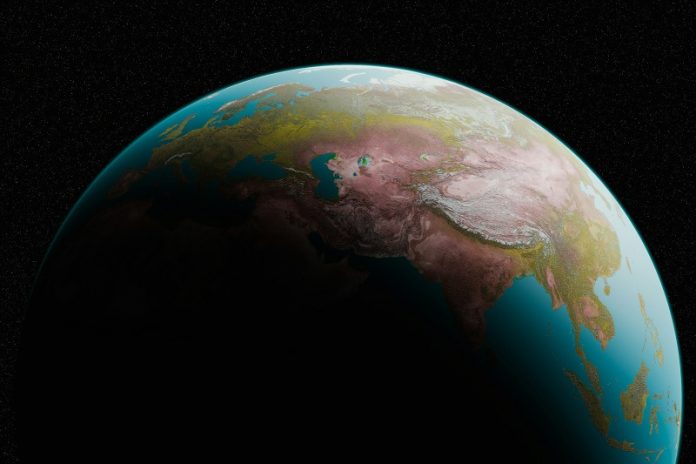
Scientists have discovered that the Earth’s atmosphere is getting better at removing air pollution, including methane, one of the most powerful greenhouse gases.
This new research, published in Nature Communications, reveals that a natural chemical in the air called the hydroxyl radical (OH) is playing a big role in keeping the atmosphere clean.
For decades, scientists believed that the Earth’s ability to remove pollutants was constant.
However, a 33-year study by New Zealand’s National Institute of Water and Atmospheric Research (NIWA) and other researchers has now proven that OH levels have been increasing in the Southern Hemisphere since 1997.
This means the atmosphere is removing more pollutants than expected, reducing the impact of methane on global warming.
What is the hydroxyl radical (oh) and why is it important?
OH is often called “the detergent of the atmosphere” because it breaks down dangerous gases like methane and carbon monoxide.
It is created when ultraviolet light from the sun interacts with ozone and water vapor in the air. Although OH only exists for less than a second, it plays a vital role in keeping the air clean.
Dr. Sylvia Nichol, an atmospheric scientist at NIWA, explained that OH removes nearly 90% of methane from the air, making it one of the most important natural air purifiers on Earth.
How did scientists make this discovery?
Tracking OH levels is extremely difficult because it disappears so quickly.
In the past, scientists tried to measure OH using a gas called methyl chloroform, but this was banned under the 1987 Montreal Protocol because it was damaging the ozone layer.
Instead, researchers used radiocarbon monoxide (¹⁴CO), a natural tracer produced when cosmic rays hit the atmosphere. Because scientists understand how ¹⁴CO is created and removed, they were able to calculate changes in OH levels over time.
Air samples were collected from two remote locations since the late 1980s:
🌍 Baring Head, New Zealand – Known for its clean air monitoring.
🌎 Arrival Heights, Antarctica – A remote site far from human pollution.
After analyzing 33 years of data, researchers found that OH levels have increased by 12% per year in New Zealand since 1997. In Antarctica, OH levels have risen even more during the summer months.
What is causing the atmosphere to get better at cleaning itself?
Scientists identified four key factors that affect OH levels:
1️⃣ Nitrogen oxides (NOₓ) – Produced by cars, factories, wildfires, and lightning, these gases increase OH levels.
2️⃣ Ozone depletion – Changes in the stratospheric ozone layer affect how OH forms.
3️⃣ Water vapor – Global warming is increasing humidity, which helps create OH.
4️⃣ Methane emissions – Methane is increasing rapidly, which actually reduces OH levels.
Why does this matter for climate change?
The increase in OH has helped slow down methane’s impact on climate change. Without this extra cleaning power, methane levels would have risen even faster, leading to more global warming.
However, scientists warn that this self-cleaning ability may not last forever. If methane levels continue to rise, they could eventually overwhelm the atmosphere’s ability to remove pollution.
Dr. Olaf Morgenstern, the study’s lead author, emphasized that human activities are shaping the future of the atmosphere. While the increase in OH is good news, continued pollution and climate change could reduce the atmosphere’s ability to clean itself in the future.
This study provides the best long-term evidence that the atmosphere is adapting to pollution. However, scientists say we must still reduce greenhouse gas emissions, as relying on natural cleaning processes is not a long-term solution.
Understanding how OH works will help scientists improve climate models and make better predictions about how air pollution will change in the coming decades.
In short, the Earth’s atmosphere is fighting back against pollution—but it still needs our help to keep the planet safe.
Source: KSR.



